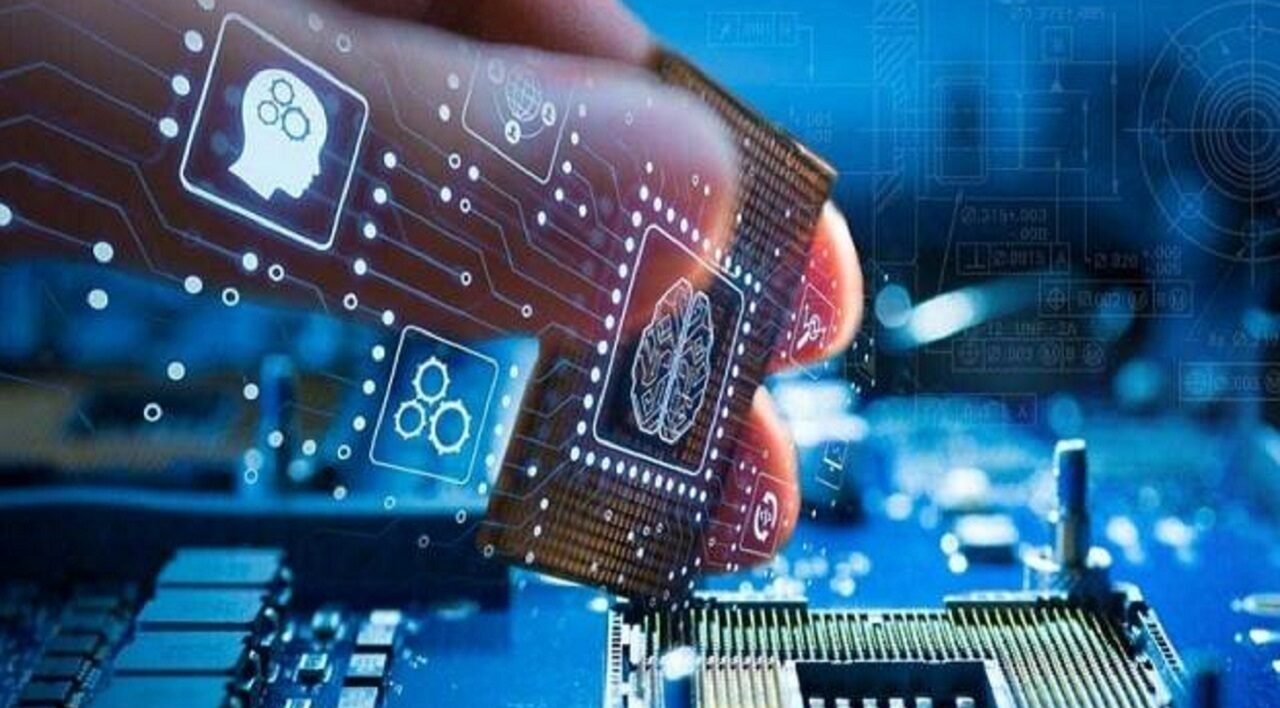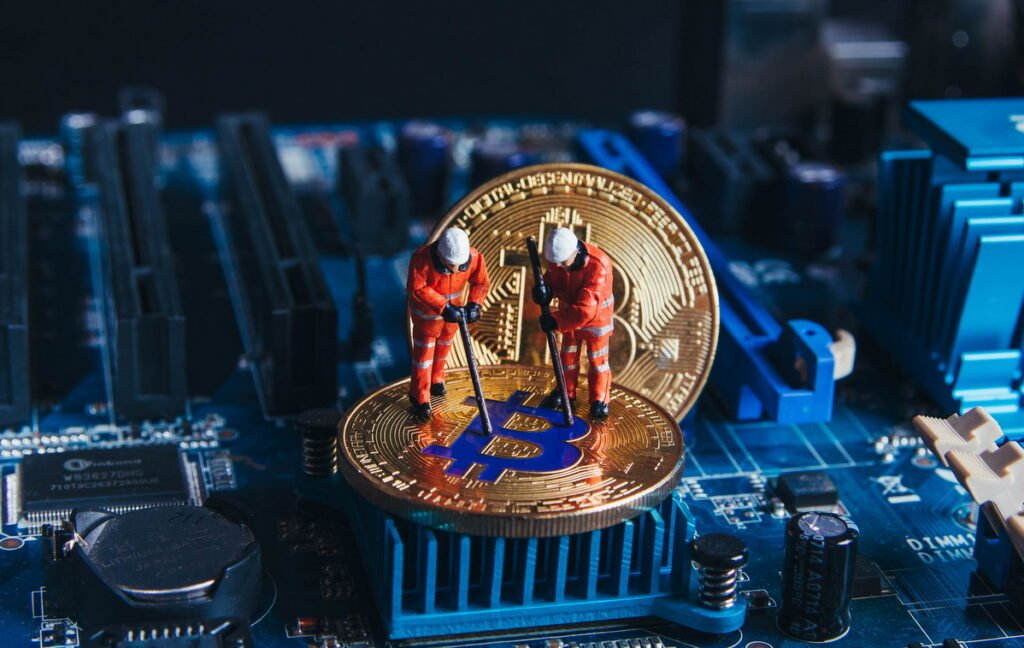The cryptocurrency landscape continues to evolve rapidly, making it crucial for miners to stay informed about the best Bitcoin mining hardware 2025 has to offer. As Bitcoin’s network difficulty increases and energy costs fluctuate, selecting the right mining equipment can make the difference between profitable operations and costly mistakes.
Whether you’re a seasoned mining farm operator or a newcomer exploring Bitcoin mining opportunities, understanding the latest hardware innovations is essential for maximizing your return on investment. This comprehensive guide examines the top-performing ASIC miners, analyzes their profitability potential, and provides expert insights to help you make informed purchasing decisions in today’s competitive mining environment.
Bitcoin Mining Hardware in 2025
Bitcoin mining has undergone significant technological advancement since its inception, with modern mining operations requiring specialized equipment to remain competitive. The best Bitcoin mining hardware 2025 features cutting-edge ASIC (Application-Specific Integrated Circuit) technology designed specifically for SHA-256 algorithm processing.
Today’s mining landscape demands equipment that balances three critical factors: hash rate performance, energy efficiency, and initial capital investment. The most successful miners understand that the highest hash rate doesn’t always translate to the highest profits, especially when factoring in electricity costs and hardware longevity.
Key Performance Metrics to Consider:
Modern Bitcoin mining hardware evaluation requires analyzing several performance indicators. Hash rate, measured in terahashes per second (TH/s), determines how many calculations your miner can perform. Power consumption, measured in watts, directly impacts your operational costs. The efficiency ratio, calculated as watts per terahash (W/TH), helps determine long-term profitability.
Mining hardware manufacturers have focused heavily on improving efficiency ratios throughout 2024 and into 2025. The latest generation of miners achieves efficiency levels that were unimaginable just a few years ago, with some models reaching below 20 W/TH.
Top Bitcoin Mining Hardware Rankings for 2025

Premium Tier Mining Equipment
Antminer S21 XP Series
The Antminer S21 XP represents Bitmain’s flagship offering for 2025, delivering exceptional performance metrics that place it among the best Bitcoin mining hardware 2025 contenders. With a hash rate reaching 270 TH/s and power consumption of approximately 3,600 watts, this miner achieves an impressive efficiency ratio of 13.3 W/TH.
This mining rig features advanced thermal management systems and enhanced chip architecture that maximizes performance while minimizing operational stress. The S21 XP series includes multiple variants tailored for different operational scales, from individual miners to large-scale mining farms.
Antminer S19k Pro+
Continuing Bitmain’s legacy of innovation, the S19k Pro+ offers robust performance with proven reliability. This model delivers 120 TH/s while consuming 2,400 watts, achieving a 20 W/TH efficiency ratio. Its established track record and widespread availability make it an excellent choice for miners prioritizing stability over cutting-edge performance.
High-Performance Mining Solutions
WhatsMiner M60S+
MicroBT’s WhatsMiner M60S+ challenges industry leaders with competitive specifications and enhanced durability. Producing 172 TH/s at 3,344 watts consumption, it maintains a 19.4 W/TH efficiency ratio. The M60S+ incorporates advanced cooling technology and reinforced components designed for continuous operation in demanding environments.
Canaan AvalonMiner 1466
Canaan’s latest contribution to the mining hardware market offers 150 TH/s performance while consuming 3,420 watts. Although the efficiency ratio of 22.8 W/TH places it slightly behind competitors, the AvalonMiner 1466 provides excellent value for miners prioritizing initial investment costs over maximum efficiency.
Comprehensive Profitability Analysis
Calculating Mining Returns
Understanding profitability requires analyzing multiple variables beyond hardware specifications. Electricity costs, typically measured in kilowatt-hours (kWh), represent the largest operational expense for most mining operations. Current network difficulty, which adjusts approximately every two weeks, directly impacts earning potential.
Profitability Calculation Framework:
Daily revenue calculations depend on current Bitcoin prices, network hash rate, and mining difficulty. Miners must subtract daily electricity costs, cooling expenses, and facility overhead to determine net profits. The best Bitcoin mining hardware 2025 offers optimal balance between initial investment and ongoing operational efficiency.
Mining profitability calculators provide essential tools for evaluating potential returns. However, these tools require regular updates to reflect changing market conditions, including Bitcoin price volatility and network difficulty adjustments.
Regional Considerations for Mining Operations
Electricity Cost Analysis
Mining profitability varies significantly based on geographical location and available electricity rates. Industrial electricity rates below $0.06 per kWh generally support profitable mining operations with modern equipment. Regions offering renewable energy sources often provide the most sustainable long-term mining environments.
Some locations offer special industrial rates for cryptocurrency mining operations, while others impose restrictions or additional taxes. Successful miners research local regulations and energy policies before committing to significant hardware investments.
Cooling and Infrastructure Requirements
The best Bitcoin mining hardware 2025 generates substantial heat requiring adequate cooling solutions. Natural climate advantages in cooler regions reduce cooling costs and extend hardware lifespan. Mining farms in temperate climates often achieve better overall efficiency compared to those requiring extensive air conditioning.
Infrastructure considerations include reliable internet connectivity, adequate electrical capacity, and secure facility access. These factors contribute to operational stability and long-term profitability beyond hardware selection alone.
Mining Pool Strategy and Hardware Optimization
Selecting Compatible Mining Pools
Modern mining hardware requires connection to mining pools for consistent revenue generation. Pool selection impacts both earning frequency and total returns through different fee structures and payout methods. The best Bitcoin mining hardware 2025 operates efficiently across multiple pool options, providing flexibility in operational strategies.
Pool Evaluation Criteria:
Mining pools vary in fee structures, typically ranging from 0% to 3% of earned Bitcoin. Payment methods include Pay-Per-Share (PPS), Full Pay-Per-Share (FPPS), and Proportional systems, each offering different risk and reward profiles. Pool reliability, measured through uptime statistics and hash rate stability, directly impacts mining consistency.
Geographic distribution of pool servers affects mining efficiency through reduced latency and improved connection stability. Miners often select pools with servers located near their operations to minimize connection issues and maximize effective hash rate utilization.
Hardware Maintenance and Longevity

Extending Mining Equipment Lifespan
Proper maintenance protocols significantly impact the profitability and longevity of mining operations. The best Bitcoin mining hardware 2025 includes enhanced monitoring systems and diagnostic tools that help operators identify potential issues before they cause downtime.
Preventive Maintenance Schedules
Regular cleaning of heat sinks and fans prevents thermal throttling and extends component lifespan. Dust accumulation represents one of the primary causes of mining hardware failure, making environmental controls essential for large-scale operations.
Firmware updates from manufacturers often include performance optimizations and security improvements. Staying current with official firmware releases helps maintain optimal performance and protects against potential vulnerabilities.
Monitoring and Performance Optimization
Advanced monitoring solutions provide real-time insights into hardware performance, temperature management, and power consumption. These systems enable proactive maintenance scheduling and help operators identify efficiency opportunities within their mining operations.
Performance optimization involves fine-tuning operational parameters including fan speeds, power limits, and frequency settings. Experienced miners often achieve improved efficiency through careful adjustment of these variables while maintaining hardware stability.
Future-Proofing Your Mining Investment
Technology Roadmap Considerations
The cryptocurrency mining industry continues evolving rapidly, with manufacturers announcing next-generation hardware throughout 2025. Understanding development roadmaps helps miners make informed decisions about current purchases and future upgrade planning.
Emerging Technologies
Next-generation mining chips promise further efficiency improvements and increased hash rate density. These developments may impact the resale value and competitive positioning of current hardware models. Miners must balance immediate profitability against potential technological obsolescence.
Immersion cooling technology represents an emerging trend that could significantly improve mining efficiency and reduce operational costs. Early adopters of advanced cooling solutions may gain competitive advantages as technology becomes more accessible.
Market Dynamics and Investment Timing
Bitcoin mining profitability cycles often correlate with cryptocurrency market conditions and network difficulty adjustments. The best Bitcoin mining hardware 2025 purchases often occur during market downturns when equipment prices decrease and competition reduces.
Hardware availability and lead times fluctuate based on market demand and manufacturing capacity. Successful miners often secure equipment orders during favorable market conditions to ensure timely deployment and optimal profitability windows.
Conclusion
Selecting the best Bitcoin mining hardware 2025 requires careful analysis of performance metrics, profitability calculations, and long-term market trends. The mining landscape continues evolving with technological advances and changing market dynamics, making informed decision-making crucial for successful operations.
The top-performing miners combine exceptional hash rates with industry-leading efficiency ratios, while proven models offer reliability and established performance track records. Your optimal choice depends on available capital, electricity costs, operational scale, and risk tolerance.

















